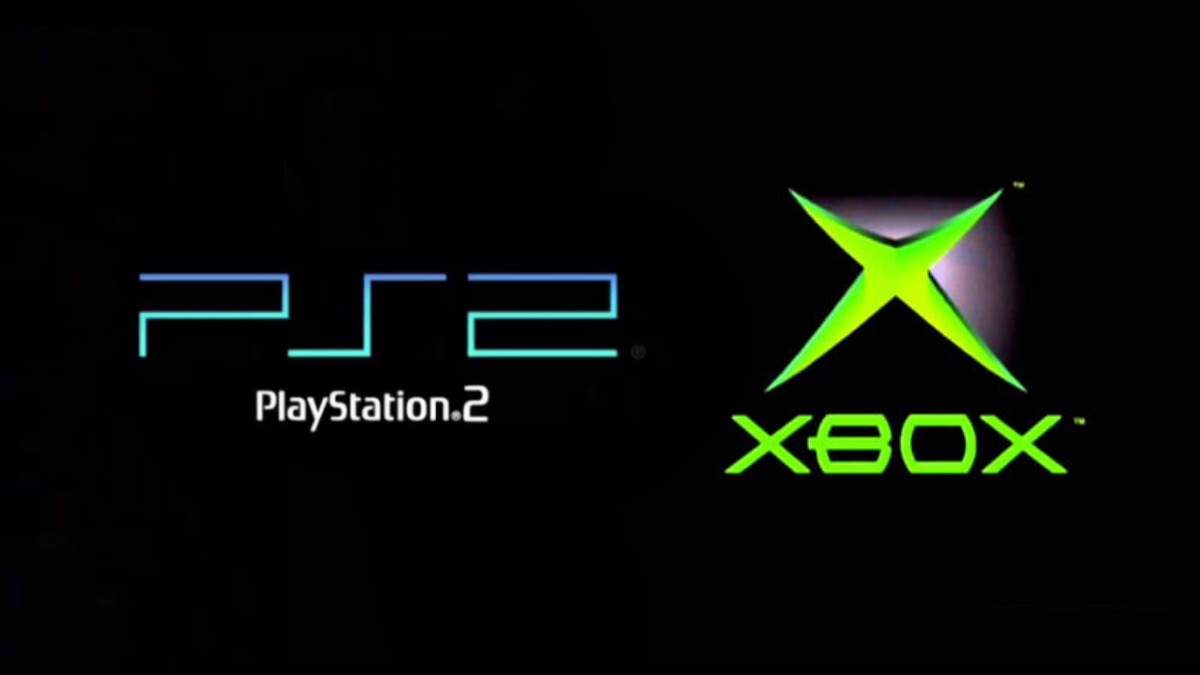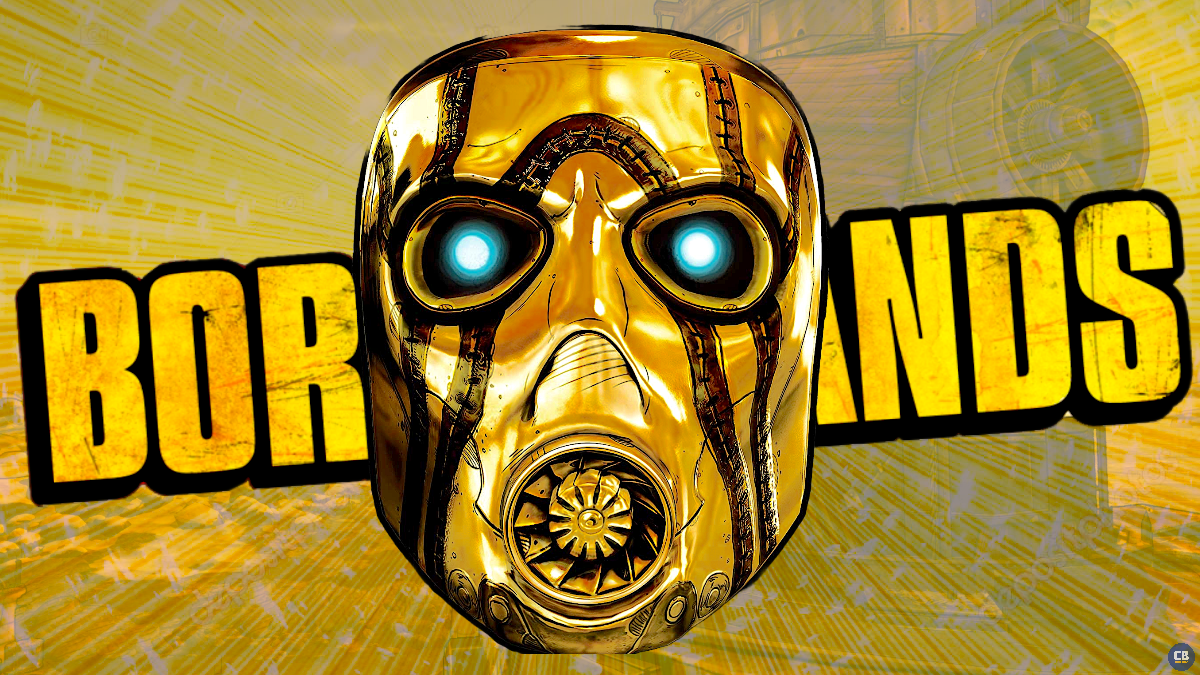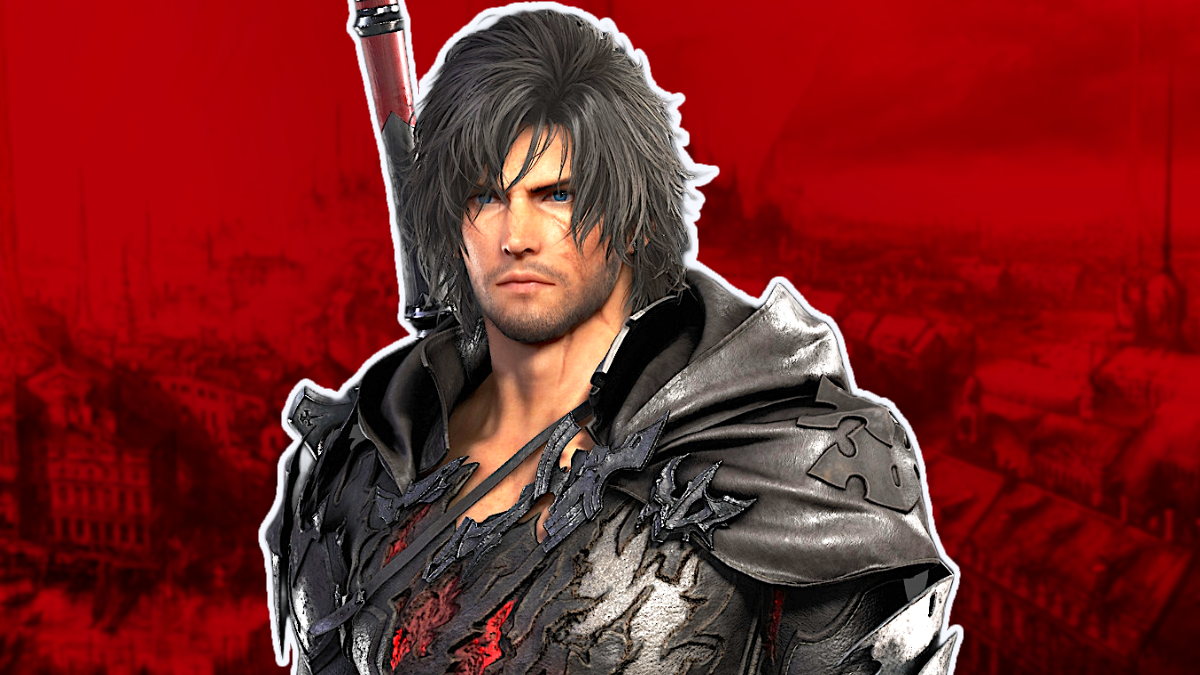DC Future State: Why The New Justice League Keeps Their Identities Secret
Future State has been making a pretty profound impact on the DC Comics universe, with the first [...]
Future State has been making a pretty profound impact on the DC Comics universe, with the first two weeks of titles introducing some major new additions to the canon. With the array of titles not being set in one singular point in time, the event has been able to raise some major questions with regard to the franchise's timeline and canon. One detail of Future State: Justice League #1 - the fact that the team isn't supposed to share their identities with each other - definitely accomplished that feat, all while potentially setting up a major DC event in the process. Spoilers for Future State: Justice League #1, from Joshua Williamson, Robson Rocha, Daniel Henriques, Romulo Fajardo Jr., and Tom Napolitano below! Only look if you want to know!
After a brief overview of the team - which came courtesy of T.O. Morrow, the leader of the Future State incarnation of the Legion of Doom - readers got to see the Justice League in action. The group made their way to the Hall of Justice, where the Legion of Doom had seemingly been brutally murdered. After Jess Chambers/Kid Quick questioned how the Hall of Justice came into so much disarray, Jon Kent/Superman recounted the history of what happened. As Superman put it, the League ultimately had too many members, which quickly backfired when one of the team members betrayed the League in a deadly fight.

Following that fight, the new Justice League charter was established, requiring that members have secret identities and don't spend time with each other outside of their costumed excursions.
The event that Superman is referencing seems to be an entirely new part of DC canon, with the original Superman, Batman, and Wonder Woman joining Green Arrow and Martian Manhunter in fighting the betraying team member. There's no indication of exactly who that team member is, especially since all there is to see is a silhouette of a leg wearing some sort of combat boot.
Granted, the new Justice League quickly showcases that they don't entirely follow the "no fraternizing" mandate -- Superman and Yara Flor/Wonder Woman clearly have a connection (one that is being explored in its own Future State: Superman/Wonder Woman book), and the issue eventually reveals that Kid Quick and Andy Curry/Aquawoman have some sort of adorable domestic partnership together. Still, there are a number of League members who clearly don't know each other's identities, which makes the path that the issue heads - with the Hyperclan shape-shifting into members of the League and strategically picking off the team one-by-one - all the more intriguing.
What do you think of the reason the Justice League uses secret identities in Future State: Justice League? Share your thoughts with us in the comments below!




